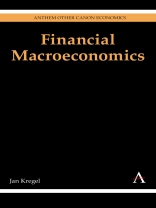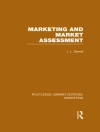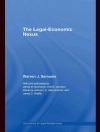The title of this book may seem to confuse two separate disciplines – finance and macroeconomics. However, it is based on the fact that finance and macroeconomics were integrated, at least in their formative years. It is a natural extension of a line of research that dominated monetary theory in the early part of the 20th century. Economists such as Keynes, Robertson, Hawtrey, Fisher, Hayek, and Schumpeter sought to blend the analysis of business cycles with their (often first-hand) experience of money and financial markets. The result was a monetary theory that provided the fertile background to what came to be called macroeconomics. However, in the post-war period, the monetary aspects of this theory dropped out of sight in the neo-classical synthesis and hydraulic Keynesianism. Post-Keynesians such as Davidson and Minsky have done much to try to restore the monetary aspects of the theory, but the other – more technical– aspects of financial analysis have been ignored. This book aims to show how technical aspects of financial were initially part of the early investigations of macroeconomics and how they may be used to provide a realistic analysis of the behavior of modern financial economies.
Зміст
Introduction: Part 1 Methodology; Part 2 Effective Demand; Part 3 Price Theory, Theory of Interest and Financial Markets; Part 4: Unconventional Monetary Policy, Quantitative Easing, Yield Curve Twisting and Liquidity traps; Publication History; Index
Про автора
Jan Kregel teaches Financial Macroeconomics and Development Finance at the Tallinn Technological University and at the New School for Social Research in New York.












